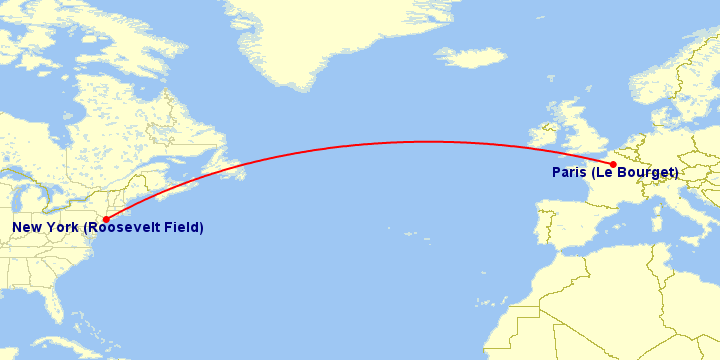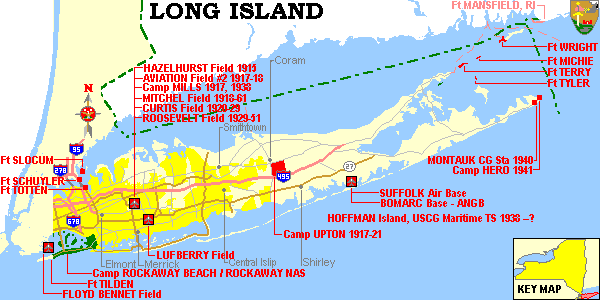It's well-known that Hitler considered African Americans inferior to the Aryan race, falsely claimed that Wall Street was controlled by Jewish bankers, and decried the US as a "Jewish rubbish heap" of "inferiority and decadence" that was "incapable of waging war", which is why he ordered the drafting of war plans for attacking Manhattan. If Hitler had chosen not to invade the USSR just because he called communism a Jewish invention and instead cleared either the Heinkel He 277, Horten Ho XVIII, Messerschmitt Me 264, Focke-Wulf, Ta 400, Arado E.470, Arado E.555, Messerschmitt P.1107, and or Messerschmitt P.1108 for full-scale development and/or production so that the Luftwaffe could use these planes to bomb Manhattan or any other targets on the US Eastern Seaboard, would these aircraft have had a chance of bringing the US to its knees so that US government to reach an accommodation with the Nazi government's demands?
The He 277 and Ta 400 were intended for sinking supply convoys in the Atlantic - neither would have had the range to reach the US, nor were they intended to. The Arado E.470 was a paper exercise, rather than a plan to build an actual aircraft. The E.555, P 1107, P 1108 and H XVIII would have had significantly less range than the He 277 and Ta 400. They were intended for an attack on the UK - to destroy the USAAF and RAF bomber fleets on the ground and buy Germany a respite from the constant bombing raids of 1944. The Hortens did speculate that the XVIII might have been capable of reaching the US but in reality, it wasn't even close.
That leaves the Me 264 and the U-boats with Fi 103s. Both those projects actually were considered for attacks on the US. The latter, however, got no further than a few sketches before being dismissed.
The Me 264 was planned seriously for attacks on the US. The stated goal was not to cause any significant damage, but to cause the US to spend a vast amount of time and resources on providing a system of air defence. Which it probably would have done.
There are several reasons why a small fleet of Me 264s weren't built for this purpose. Firstly, and oddly, the Germans don't seem to have known exactly how far it was from the west coast of France to Manhatten. The figure given in the GL meetings is too high - 6,500km. When it's actually only about 5,300km, I think. Had they known the real distance, and believed Messerschmitt's figures, then the Me 264 actually could have made the two-way trip with a small bomb load and a small margin for error.
Secondly, even given the above, the Me 264 could have made the trip even more easily with air-to-air refuelling, which the Germans were pioneering at this time. It worked in the experiments but the RLM deemed it too difficult and thought it wouldn't work in practice.
Thirdly, Messerschmitt was just completely overwhelmed with other projects. It had no real time for the Me 163, the Me 262, the Me 209, the Me 309 etc. It could barely keep up with updates to the Bf 109 and 110. Even the Me 262 only started making real progress when the RLM started throwing resources at it. The RLM tried giving the Me 264 to other companies, such as Dornier, but they were just as overwhelmed. In the end, there just weren't enough resources for it.
To answer the question, none of those aircraft would have 'brought the US to its knees' and none of them were intended to do so. Only the Me 264 could have reached the US (you don't mention the Ju 290/390 - that could probably have done it too) and even then, it was only meant as a 'nuisance'.



